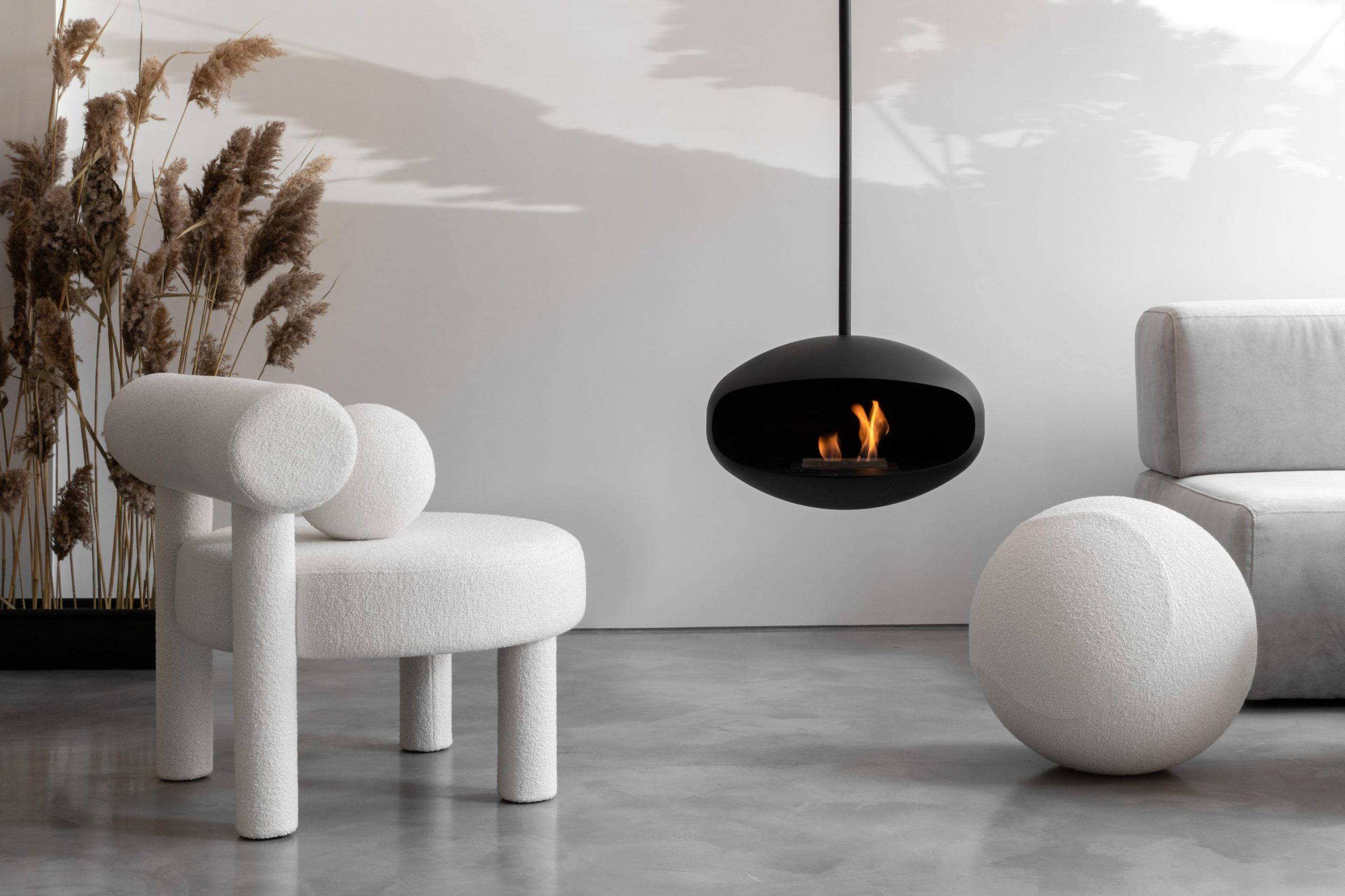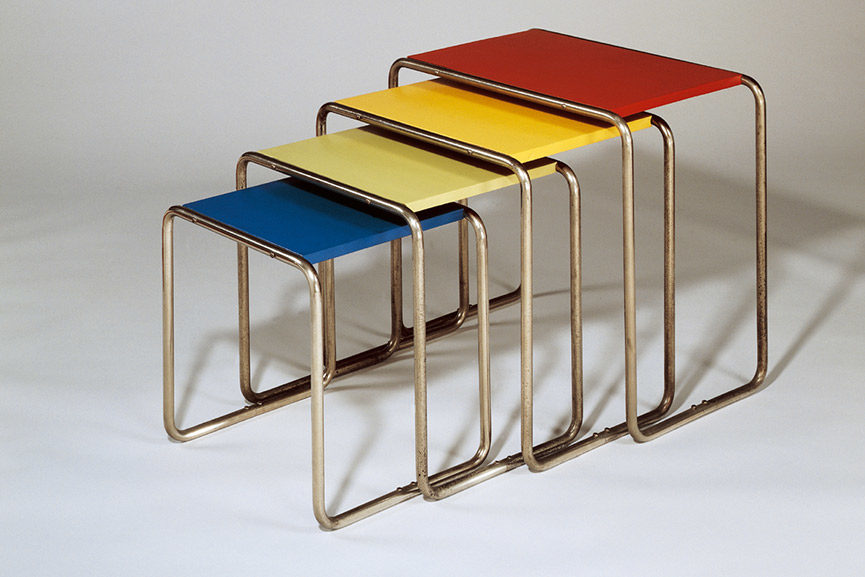Table Of Content
The physical plant at Dessau survived World War II and was operated as a design school with some architectural facilities by the German Democratic Republic. This included live stage productions in the Bauhaus theater under the name of Bauhausbühne ("Bauhaus Stage"). This effort has been supported by the Bauhaus-Dessau Foundation which was founded in 1974 as a public institution.
Marcel Breuer's Wassily Chair
His work, such as the geometric sans-serif Universal typeface, exemplified the Bauhaus ethos of simplicity, functionality, and clarity. Henry Van de Velde played a significant role in the development of graphic design during the late 19th and early 20th centuries. As a Belgian architect, designer, and artist, he made invaluable contributions to the field and greatly influenced the rise of modern graphic design. This ethos resonated with the core values of Wohnreform but extended further into the realm of industrial design.
Key Characteristics of Bauhaus Design
Stark, white homes, sanatorium-like environments and rigorous geometric plans didn't enchant everyone. Opponents criticised the 'loss of human warmth' in the sterile exteriors of modern design, but others felt that the clarity and originality of the concept imbued it with both spirit and beauty. As Modernism disseminated from its European origins to become a widespread international phenomenon, each country began to put its own vibrancy and vernacular twist on the movement.
Josef and Anni Albers at Black Mountain College
100 years of Bauhaus: Building for a society of equals - People's World
100 years of Bauhaus: Building for a society of equals.
Posted: Mon, 25 Mar 2019 07:00:00 GMT [source]
By 2010, the industrial design program was elevated to the School of Industrial Design within the College of Architecture at Georgia Tech. Budd's expertise in human-centered, interactive product design helped the School build strong ties to its engineering and computing counterparts at Georgia Tech. Bauhaus Museum, Prof. Heike Hanada2019Weimar, GermanyThe newly-opened concrete structure is located at the founding place of the Weimar State Bauhaus. Hanada followed the school’s minimalist approach, and developed a 5-story cubic building, with a clearly defined geometric form and horizontal grooves all around the facade.

Victoria and Albert Museum
Bauhaus architecture was influenced by various artistic and social movements that emerged in the late 19th and early 20th centuries. Bauhaus architecture also reflected the political and economic changes after World War I, such as the rise of democracy, industrialization, and mass production. This elegant and innovative teapot uses the interplay of geometric forms as the basis for a distinctively modern design, with its hemispheric body centered on crossbars and topped by a flat circular lid.
Artworks and Artists of Bauhaus
As we look to the future of design, the principles of the Bauhaus remain relevant and inspiring. In the digital age, where design is increasingly driven by user experience and sustainability, the Bauhaus' focus on functional, accessible, and efficient design offers valuable lessons. It emphasized combining form and function in a harmonious way, aligning with the principles of modernism. The changes of venue and leadership resulted in a constant shifting of focus, technique, instructors, and politics. Bayer was clearly fixated on confronting the Mercator projection, which for centuries has been the predominant way the earth is mapped on a flat, two-dimensional surface, and which disproportionately inflates objects close to the poles. I walked into a recreation of Bayer’s Outside-In Globe, which transfers the features of the earth’s oceans and landmasses to the interior of the sphere, allowing the viewer to observe them at a different, and larger, scale.
This workshop proved to be both a means of communication and means of artistic expression. It's characterized by large-scale production, the widespread use of manufacturing machinery, and new technological advancements, including the internal combustion engine, petroleum, new materials and substances, electricity, and communication technologies. The decision as to whether or not we use a product may come down to its artistic elements. Something might be able to get the job done, but if we don't like the way it looks, fits in our hand, or other (subjective) criteria, it's essentially useless. An architecture guide of Bauhaus-influenced structures around the world that are still standing to this day. Delhi Zoological Park, Habib Rahman1974New Delhi, IndiaAfter India declared its independence in 1947, Rahman needed to build new institutions in the fastest and simplest means possible.
Secondly, Bauhaus architecture influenced the International Style, a term coined by the Museum of Modern Art in New York in 1932 to describe the new architecture that emerged in Europe and America. The International Style was characterized by steel, glass, and concrete, the absence of ornament, and the expression of function and structure. Some examples of International Style buildings are the Villa Savoye by Le Corbusier in France and the Seagram Building by Ludwig Mies van der Rohe in New York. Thirdly, Bauhaus architecture was influenced by the Constructivist movement in Russia, which experimented with new materials and technologies in art and design. In their projects, Bauhaus architects incorporated elements of Constructivism, such as using metal frames, glass walls, and cantilevered structures, such as the Fagus Factory by Walter Gropius and Adolf Meyer in Germany.
The International Style of Modern architecture
Its design principles centered around functionality, rationality, and integrating art into everyday life. Through this innovative approach, Bauhaus broke away from traditional craftsmanship and profoundly impacted the development of modern design. By emphasizing mass production, functionality, and abstract aesthetics, it laid the foundation for the design principles that continue to influence art, architecture, and industrial design today. In 1925, the Bauhaus moved to the German industrial town of Dessau, initiating its most fruitful period of activity. Gropius designed a new building for the school which has since come to be seen not only as the Bauhaus's spiritual talisman, but also as a landmark of modern, functionalist architecture. It was also here that the school finally created a department of architecture, something that had been conspicuously lacking in its previous incarnation.
He believed architecture should be rooted in the needs of the working class and the collective rather than individual expression. He implemented his political ideas into student organizations and teaching programs, focusing on practical solutions for affordable housing and social utility. Unlike their contemporary Dada artists, who focused on nonsensical expression and anti-establishment art, the Bauhaus sought holistic design education that would harness increasing industrialization. The Bauhaus was a school of design, architecture, and applied arts that existed in Germany from 1919 to 1933. In its bid to evoke a robust, sinewy body, the Health House pioneered new construction techniques.
Studying under László Moholy-Nagy, a teacher and artist who also taught Breuer, then later teaching at the Bauhaus herself, Marianne Brandt’s most memorable works from the Bauhaus came from her time in the metal workshop, which Moholoy-Nagy ran. Her tea sets are particularly well-known, as are her lamps, for their unparalleled simplicity. Perhaps the most enduring product of the Bauhaus furniture designers, the Wassily Chair was designed by Marcel Breuer in 1925 and named after Bauhaus teacher Wassily Kandinsky. The chair is a stylish interpretation of a club chair’s skeleton made with just tubular steel and leather. In an interview with Breuer on Knoll’s website, the designer explains that the enduring design of the bicycle is what inspired the chair. When a young architect explained how the tubular steel was bent, Breuer was fixated on the idea.

No comments:
Post a Comment